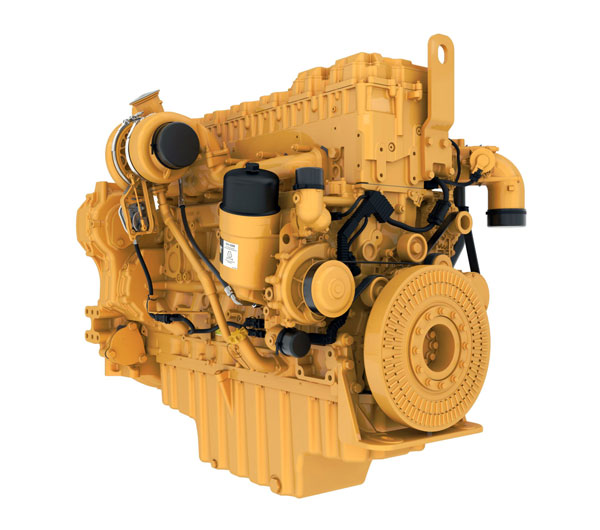Full transition from diesel to electric for construction site equipment may be more case specific than first imagined.
The challenges to going all battery-electric have been well documented. The cost of battery-electric equipment is much higher than the diesel equivalent. Overall weight due to massive batteries in larger vehicles can be restrictive. And there is the issue of onsite recharging, likely required at least once during the work day.
Nevertheless, many pressures are being brought to bear on the construction industry to cleanse its ways and reduce tailpipe emissions. It means equipment owners and users must consider a larger view of the tasks at hand.
In an interview with equipmentworld.com, Ray Gallant, vice-president sustainability and productivity services with Volvo Construction Equipment, hinted at a revised perspective regarding the future.
Gallant suggested while sustainability is a worthy goal, and certainly one being pursued by his company, not every application is suitable to an all-electric switch.
“Don’t look at this as a replacement for diesel. Look at this as, ‘OK, what new applications can I do that I could never do before? Where is this going? Where will it be five years, 10 years from now? How can I prepare myself?’”
For example, electric construction vehicles and equipment are quieter and cleaner than diesel, which opens up new opportunities to use machines in situations not possible before. Gallant offers possibilities such as work near food processing and livestock operations, and indoor construction or warehouse operations where ventilation is an issue.
The operational advantages of electric versus diesel, such as reduced maintenance, immediate peak torque and reduced vibration experienced by operators, need to be balanced against higher capital costs and the convenience of easily available diesel refuelling.
However, construction industry commitments to dramatically reduce carbon emissions by 2050 need to be considered today, given the long operational lifespan of typical site equipment.
For its part, Volvo hopes to be 35 per cent electric across its line-up by 2030. It is currently offering its first electric equipment in smaller machines, the easiest to transition to electric power.

If battery-electric isn’t the silver bullet answer to the emissions issue, what is? Several leading manufacturers are offering strong hints.
British equipment manufacturer JCB has announced its future direction towards hydrogen. Others are joining in.
With financial support from the U.S. Department of Energy, Caterpillar is developing hydrogen-hybrid fuel systems that it says can match or exceed diesel performance.
The project is among 45 projects spread across 18 states and Washington, D.C. to receive funding to advance research, development, demonstration and deployment related to reducing greenhouse gas emissions in the transportation sector. The hydrogen hybrid will be built on the company’s new Cat C13D engine platform unveiled at the CONEXPO-CON/AGG 2023 construction exhibition last March.
Kohler Engines unveiled a new KDH direct injection hydrogen-powered internal combustion engine last month at the 2023 Agritechnica tradeshow. It is intended to be a drop-in replacement for the diesel variant.
“This new engine solution maintains the same in-machine installation, dimensions, PTOs and performance as conventional diesel engines, while using a zero-carbon solution,” the company says. “The design aims to provide the same performance as the original diesel engine, such as max power, peak and low-end torque, as well as transient response and drivability, to ensure and maximize productivity of the equipment.”
The transition from diesel to hydrogen is well underway in large highway transport vehicles, with Cummins and Mercedes each offering new power plants that can replace diesel while offering long range.
There is little doubt that battery-electric or even hybrid-electric construction equipment has a large role to play in the future. However, Gallant is not prepared to say that these or any others can replace every application.
A thoughtful blend of equipment power sources, resulting from a critical assessment that considers the advantages of each, is the likely solution. Telemetric and AI analysis will play into this as well, allowing operators to make better planning and operational decisions to further reduce emissions.
John Bleasby is a Coldwater, Ont.-based freelance writer. Send comments and Inside Innovation column ideas to editor@dailycommercialnews.com.




Recent Comments